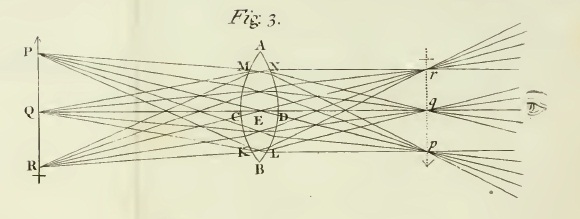
The barometer for the global art market may no longer be New York's autumn sales, but rather what is happening in Hong Kong and Beijing
By Anders Petterson | Web only
Published online 28 Oct 10 (opinion)
Poly's spring auctions set a record
The speed of the recovery in the US and European contemporary art market has levelled out. After experiencing strong growth in the first half of 2010, early signs that the market is slowing again were evident in the London contemporary evening auction sales in June, which for the first time since the start of the downturn, fell 6.5% short of the low estimate. The weaker than expected results were brought about by a combination of post-Art Basel fatigue and aggressive estimates, coupled with heightened uncertainty around the brewing sovereign debt crisis.
Despite the wobble before the summer, the contemporary art market kicked off the autumn season with a confident, within-estimate sale from the Lehman corporate collection at Sotheby’s in New York, which partly quelled some of the worries about a possible “double-dip” scenario.
The mood was cautious going into Frieze Art Fair in London in early October, but solid demand during the opening days of the fair gave the primary market a welcome confidence boost and also provided support for auctions later in the week. The evening auction sales raised a total of £33.2m against a pre-sale estimate of £32.4m-£45.8m. But despite the total barely reaching the lower estimate, the results for Christie’s and Phillips de Pury (Sotheby’s didn’t organise an evening sale last autumn) were up by 74% and 29% respectively from October 2009. However, the ArtTactic Auction Indicator, analysing the relationship between the hammer price and the estimate, has been in negative territory since May 2010, suggesting that sellers’ expectations have become too high in the last two auction seasons.
The upcoming sales in New York will provide a better picture of the actual state of the recovery, as both auction houses are putting a large number of high quality works by Rothko, Lichenstein and Warhol on the block. The total average pre-sale estimate for Christie’s and Sotheby’s evening sales is $467m, 27% higher than the total value achieved in May 2010, and 158% higher than November last year. The strength of the 2010 recovery has so far been underpinned by rare works of art with important provenance—the question is whether the market is strong enough to digest so many of them.
Despite the revival of the financial services industry, Europe and US are facing difficult times ahead. And although the wealthiest segments of our society will easily stomach the severe cuts in public spending, the general economic uncertainty could be enough to halt the recovery process. ArtTactic's latest confidence survey in June 2010 showed that 69% of the respondents felt that the economy was the biggest threat to the current art market.
There is also a moral or ethical dimension to buying art at auction these days. And although the market does not lack buyers who can afford buying art at the high end, the question is about appropriateness, and whether it sends the right signals in the current environment. The strong positive signalling effect that art buying has had for the emerging new class of wealth in the recent years could instead become a signal of ignorance, decadence and greed.
Whilst the Western economies are struggling many of the larger emerging markets are still growing at neck breaking speed. China and India are both forecasted to grow close to 10% in 2010, closely followed by Brazil’s 7.5%. China also became the second largest economy in the world this year.
As a result of the changing world economic order the global art market could also be on the verge of a structural geographical shift, mainly towards the East. Recent Sotheby's auctions in Hong Kong supports this thesis, when a jam-packed week of auction sales raised a record $400m—the highest ever for a sales season in Hong Kong.
Another interesting aspect is what is happening in mainland China. Despite Sotheby's and Christie's domination of the international trade in Chinese art, it's the local auction houses such as Poly and Guardian that are experiencing the strongest growth.
Although the main growth has been in the traditional collecting categories such as Chinese ceramics and antiquities, as well classical Chinese paintings, the Chinese contemporary art market is currently experiencing a rapid recovery towards 2007 levels. Again, domestic players, such as Poly Auction, are showing strong commitment to this collecting category. In Spring 2010, Poly Auction achieved a turnover of $22.6m for contemporary Chinese art, which was 45% higher than Christie’s and 57% higher than Sotheby’s.
Whilst major sale records used to be achieved in Hong Kong, this year has shown the strength of the domestic collector base, and the ability of domestic auction houses to attract top quality consignments. Poly Auction’s spring sales (all categories) from 2010 became the highest ever grossing auction season in mainland China. The total of $497m was significantly higher than Christie’s Hong Kong ($297m) and Sotheby’s Hong Kong ($257m) and shows a clear indication of the strength of mainland Chinese buyers.
Depending on what happens this month, the barometer for the global art market may no longer be the historically important New York autumn sales, but rather what is happening in Hong Kong and Beijing.
The writer is founder and managing director, ArtTactic.com

No hay comentarios:
Publicar un comentario